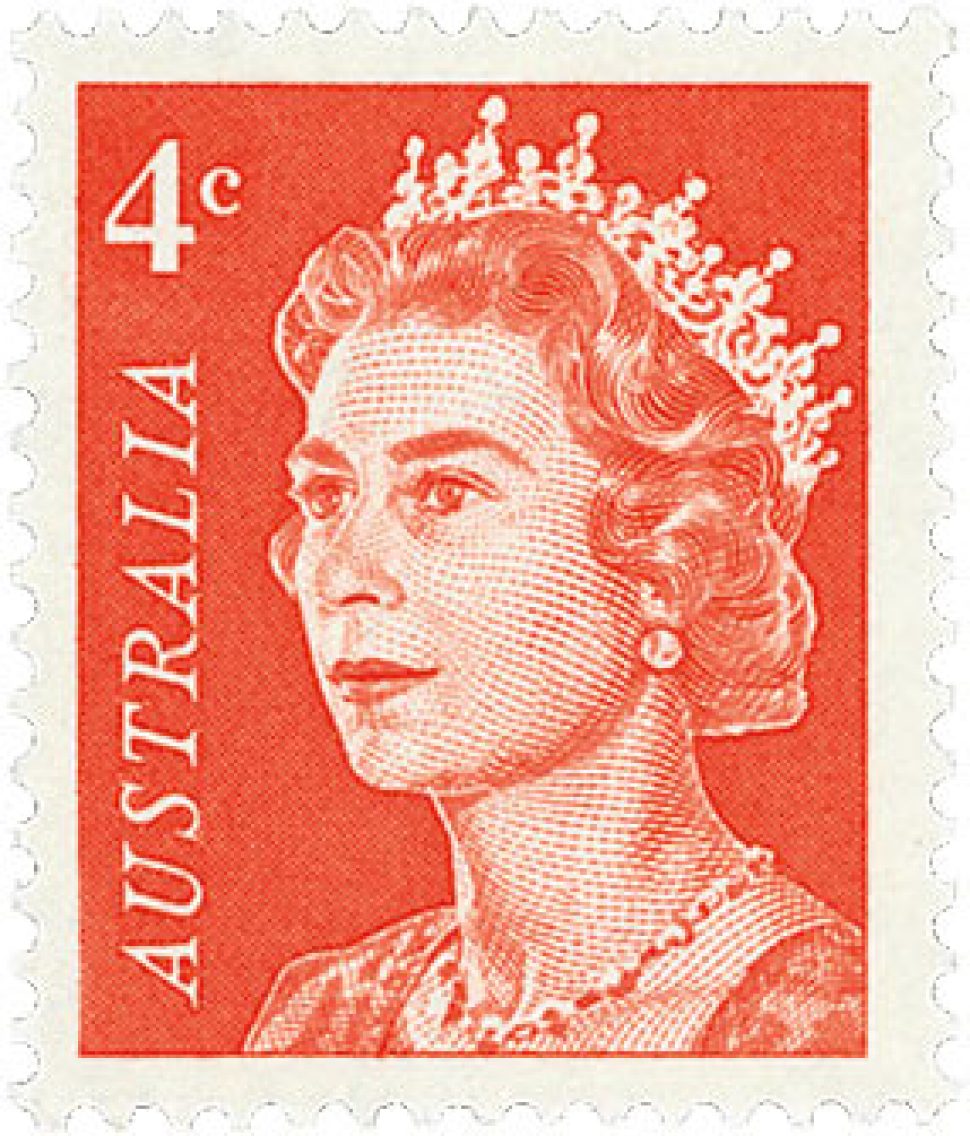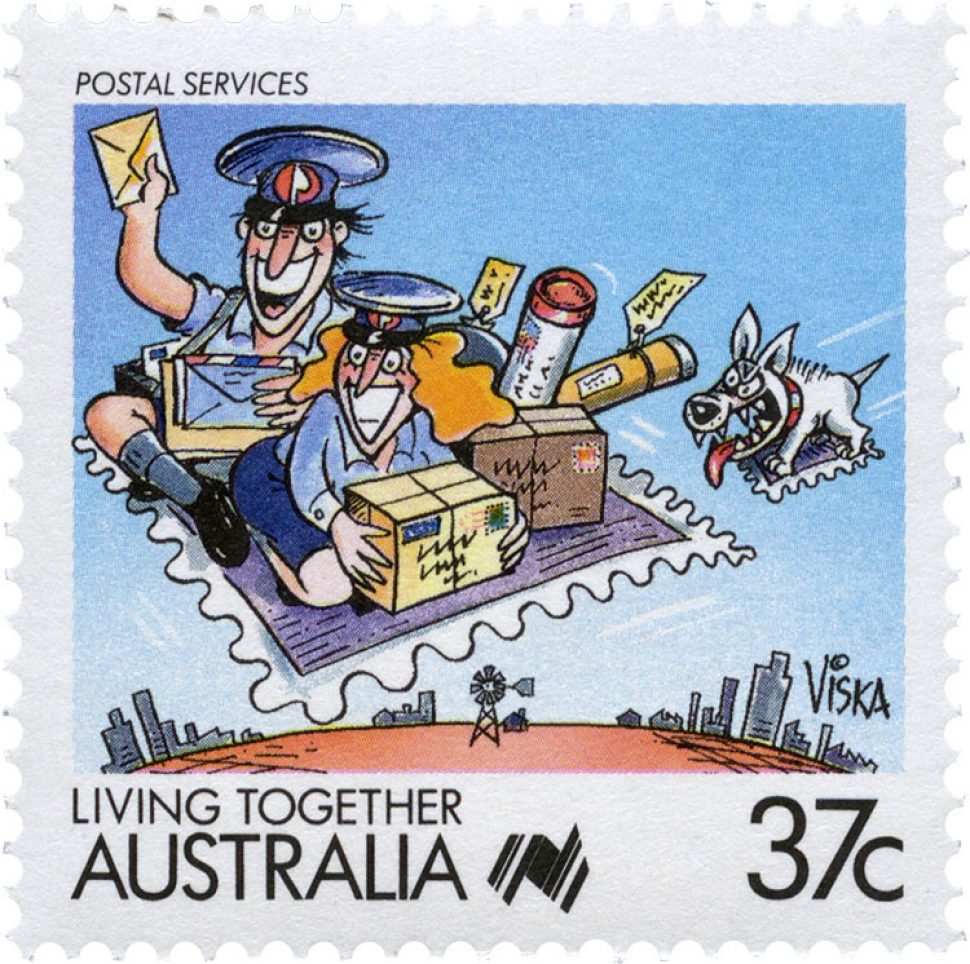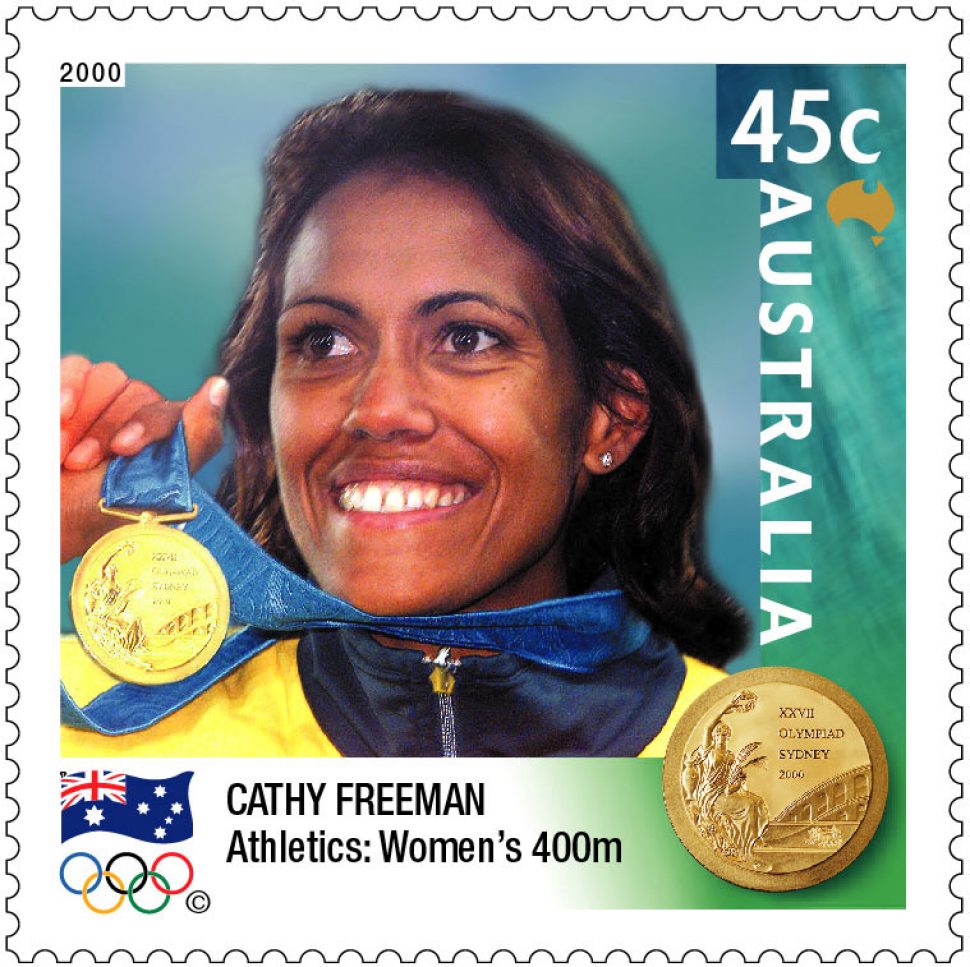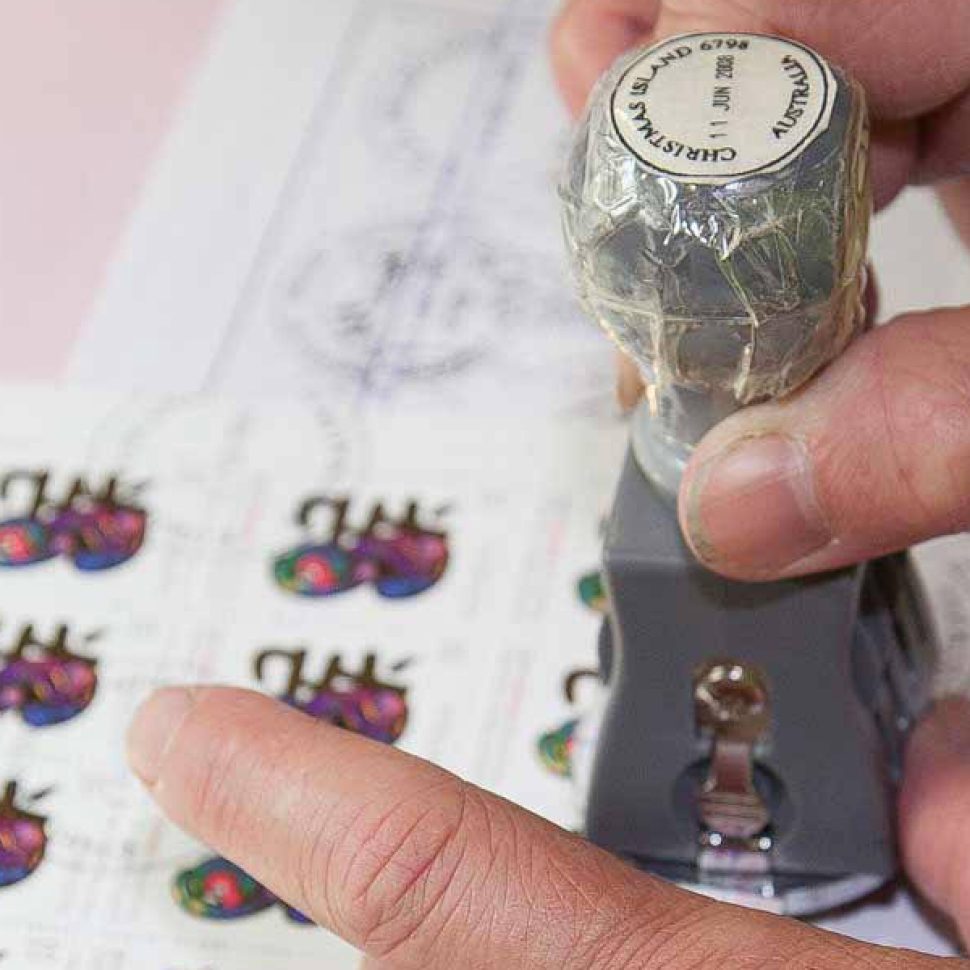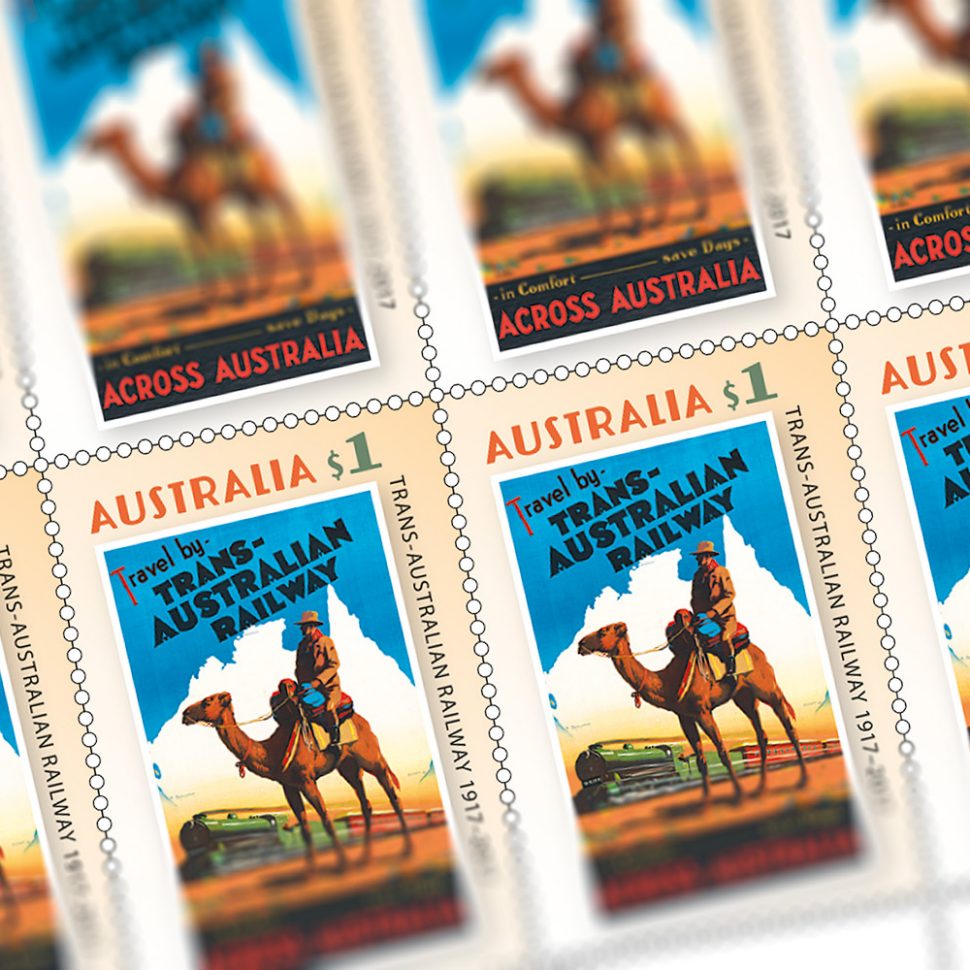In the third instalment of this series, we take a look at Australian stamps across time, following the history of stamps from the 1920s and the introduction of stamps to appeal to the collector.
Stamps for collectors
Until the mid-1920s, the Australian Post Office continued its practice of issuing stamps just for postal requirements, and it avoided producing stamps for commemorative occasions. This policy came to an end in 1927 when the first Australian Commonwealth commemorative stamp was issued for the opening of Parliament House in Canberra.
From this point onwards, commemorative stamps were issued at regular intervals to generate public interest and satisfy the needs of collectors.
The accession of King George VI led to the issue of an entirely new definitive stamp series in 1937–38. Not only were the long-serving Kangaroo and Map and George V stamp series replaced, but the new George VI stamp series was printed by the intaglio process, which yielded much finer detail in the design. This marked a new era in Australian stamps.
Following World War II, philatelic considerations played a greater role in stamp themes. New stamps were issued more frequently and a wider range of subjects was presented. There was even more variety in the royal portraits featured on stamps, with the King’s Head being changed to an updated version. The accession of Queen Elizabeth II in 1952 led to new definitive and commemorative stamps.
Changes in postal rates also necessitated stamps of certain denominations being replaced by new values.
Innovations involving Australian stamps included the first se-tenant issue (different stamp designs printed together in the sheet) (1950), the issue of the first Australian Antarctic Territory stamp (1957), the introduction of Christmas stamps (1957), the first use of coloured stamp paper (1959) and the adoption of multicolour photogravure stamp printing in Australia (1962). The most significant change came in February 1966 with the introduction of decimal currency requiring all pounds, shillings and pence stamps to be replaced by stamps in decimal values.
By the mid-1960s the majority of new Australian stamps were produced by the photogravure process, but most stamp production (in terms of quantities) including the Queen’s Head definitive stamp for basic letter rate postage, continued to be carried out by the intaglio process.
In 1973 a change of policy led to the Queen’s Head stamps being phased out and replaced by definitive stamps featuring other subjects, as well as all stamps being converted to photogravure. People complained about the absence of the monarch on stamps and in 1980 the practice of issuing commemorative Queen’s Birthday stamps began.
Around this time, the number of new stamp issues expanded to embrace a wider range of subject matter. The previous policy had been to change the designs of definitive stamps every three to four years, and all stamps for short-term sale recognised commemorative occasions.
From 1978 a third category of stamps, special stamp issues, was introduced for short-term sale, featuring a wide range of subjects such as trees, racehorses, ferries, steam locomotives, fishing and dogs. In 1980 the issue of five stamps in a se-tenant strip illustrating the story of Waltzing Matilda marked a high point of public fascination with buying new stamp issues.
The introduction of new kinds of stamps and products
In 1982 Australia Post introduced the Annual Collection of Australian Stamps, offering collectors the opportunity to buy a full year’s worth of Australians stamps in one product, with background information about the stamp issue.
The idea of issuing stamps progressively to form a wider series under a particular theme took hold with the Australian bicentenary in 1988. Under the title “Australian Bicentennial Collection”, the series commenced in 1984 with forerunner stamps featuring Aboriginal rock art, 17th century navigation and European settlement of Australia.
Each stage of the voyage of the First Fleet was featured on 21 stamps issued progressively in 1987–88. A total of 27 stamps in the Living Together series featured cartoonists’ interpretations of contemporary Australian society and replaced all existing definitive stamps up to the $1 denomination.
All stamps in the Australian Bicentennial Collection are identifiable by their square format and the inclusion of the map logo of the Australian Bicentennial Authority.
A minor innovation affecting stamps began in 1989, with the practice of incorporating the year of issue in the stamp design. Unless the date is featured prominently in the stamp title, it is expressed in micro figures, too small to be read without a magnifying glass.
The year date can be placed anywhere in the stamp design and a certain amount of searching is often required to find it. The purpose of year dates is to assist collectors to classify stamps.
The introduction of self-adhesive stamps in 1990 was a far more significant change than micro-dating. Australia was a global pioneer in this venture and it is interesting to note that many other countries have followed Australia’s lead. Although traditional gummed stamps are still produced, self-adhesive stamps long ago overtook them in popularity and are almost exclusively used for basic letter postage.
Since 1993–94 Australian postal legislation has applied to the territories of Christmas Island and the Cocos (Keeling) Islands. As a result, stamps of the two territories can be used on mail posted in Australia. Similarly, Australian stamps can be used in both island territories. Stamps for each feature the name of the territory and “Australia”. The Christmas Island stamp issue program is distinctive for the annual Lunar New Year stamp issue, in recognition of the island’s Chinese-Malay community.
A recurring stamp issue is also produced for Stamp Collecting Month. An annual event since 1993, a stamp issue is released (in September–October) that depicts an appropriate theme for young collectors. The stamps are incorporated in a miniature sheet to enhance their appeal and also in self-adhesive format to ensure their wider circulation.
In 1997 Australia Post introduced the Australian Legends Award to recognise living Australians who have made an important contribution to the nation’s culture and identity. Recipients of the award are featured in their own right on a set of stamps and associated products. The Australian Legends stamps marked the abandonment of a long-standing requirement that the monarch and members of the royal family were the only living persons featured on Australian stamps. In 1997 Sir Donald Bradman became the first recipient of the Australian Legends Award, and a Legends stamp issue has been released every year since, coinciding with Australia Day celebrations.
In 1999 the world’s first personalised stamps were introduced by Australia Post. Personalised Stamps™ allow anyone to have their photograph, or that of others, printed on a tab attached to a stamp. A range of greetings stamps are provided for this purpose, with a blank perforated tab attached to each stamp to accommodate the photograph.
A variant of Personalised Stamps™ is the SES (Special Event Souvenir) sheet, which is usually produced for a sponsoring organisation. An SES sheet comprises stamps with tabs featuring a distinctive image and an overall design specific to the occasion.Following the introduction of the goods and services tax (GST) in 2000, international stamps were issued exclusively for use on overseas mail. As the GST only applies to domestic mail, specific stamps are provided for overseas use. The stamps feature prominent International Post branding, and most of those in the definitive range have featured Australia’s unique natural beauty and fauna.
Australia’s gold medallists stamps were first issued during the Sydney 2000 Olympic Games. Every time an Australian athlete or team won a gold medal, an “instant” stamp was produced and distributed in time for the stamps to be on sale within two days throughout Australia.
The instant stamps issued for Australian gold medallists (including gold medallists of the Winter Olympic Games) have created an enormous amount of public interest.
Other developments include joint stamp issues with other postal administrations; prestige stamp booklets incorporating stamps printed in distinctive page configurations; and limited production runs of stamps in changed format, such as embellished design features and imperforate edges.
This article was produced at the time of publication and will not be updated.


